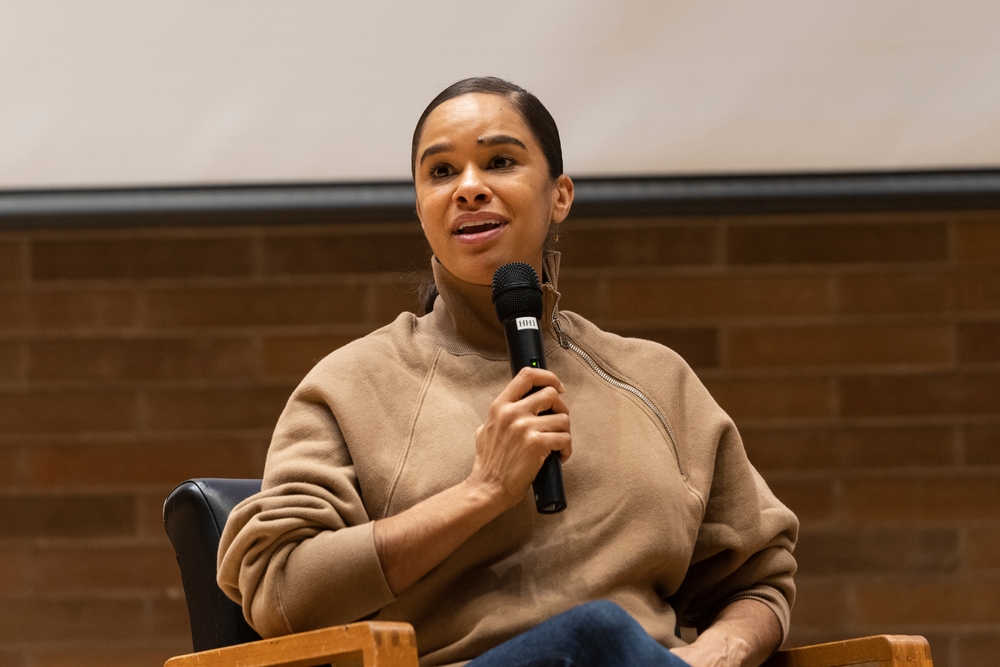Barrier-breaking dancer Misty Copeland recently announced the launch of her new program dedicated to providing children of color with a dance education.
Known as “Be Bold”, the initiative is a 12-week program that’s available for New York City children, primarily Black and brown girls and boys, from the ages of eight to 10 that are part of the Kips Bay Boys & Girls Club and Madison Square Boys & Girls Club.
Through training provided by the NDI Collaborative for Teaching and Learning, a development center led by the acclaimed National Dance Institute, the children will learn about the basic aspects of dance, specifically ballet, as well as information about music and health. Tutoring and mentors will also be provided to the participants for any outside educational help.
In an interview, Copeland said that the idea for the dance program stemmed in part from the height of the Black Lives Matter movement in 2020 with the protests against racial injustices.
“It’s giving more agency, it’s giving more voice to the students, which I think is kind of the opposite of what ballet typically is,” she said in an interview with the New York Times. “I really want to hold onto the beautiful aspects of ballet — the discipline, the creativeness — and get rid of those old, stereotypical things that don’t make for a good experience, especially for Black and Brown children.”
Copeland herself has enjoyed great success in her career, breaking racial barriers and making history along the way. The ballet dancer made headlines on June 30, 2015, when she was named the first Black woman to be part of the principal dancing team in the American Ballet Theatre’s entire 75-year history.
Despite ballet’s popularity, leaders in the dance style have failed to diversify this form of art. According to the latest data in a 2016 article by data platform Data USA, while 65.9% and 13.6% of ballerinas are white women and men, only 4.45% of ballerinas are Black men; the rates for women are even lower as only 2.27 of professional ballerinas are Black women.
The lack of afterschool programs that are available to Black children contributes in part to these lower rates as it means that they aren’t always exposed to cultural arts such as ballet. According to a household survey held by the Afterschool Alliance, in just six years from 2014 and 2020, the number of Black children enrolled in an afterschool program dropped dramatically from 2.4 million to only 1.5 million as a result of issues such as cost, access and transportation issues.
“It’s so important for me to give back to the community, as well as to show people that ballet should be and can be inclusive,” said Copeland per the New York Times. “It’s giving opportunities to people that don’t feel that they are included in this elite art form, and offering a new approach to what ballet can look like.”








